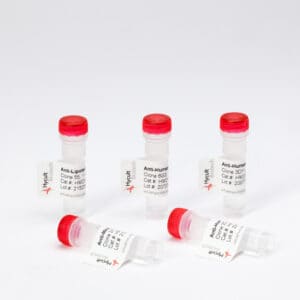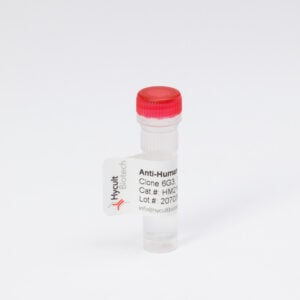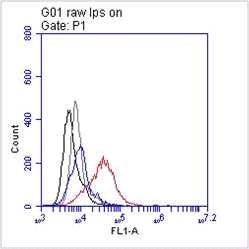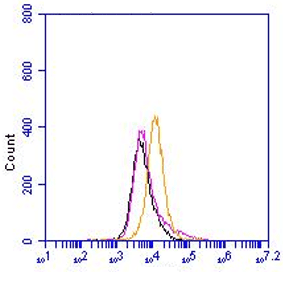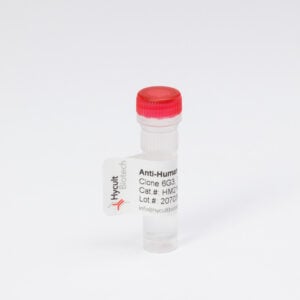
LRG, Human, mAb 2F5.A2
€133.00 – €368.00
The monoclonal antibody recognizes leucine-rich alpha-2-glycoprotein (LRG), a member of the leucine-rich repeat family. LRG is a plasma protein of approximately 50 kDa. LRG consists of 312 amino acids. It has 1 galactosamine and 4 glucosamine oliogosacharides attached and has 2 intrachain disulfide bonds. Leucine comprises 66 of the 312 amino acids, and LRG contains at least eight 24-amino acid leucine-rich repeats. The consensus of these residues, termed leucine-rich repeats (LRR), has been identified as an LRR-containing domain. The primary function of LRRs is to provide versatile structural framework of the formation of protein-protein interactions. LRG is expressed during granulocyte differentiation. Although several family members of the leucine-rich repeat family have been shown to be involved in signal transduction, protein-protein interaction, or cell adhesion and development, a function for LRG remains elusive. LRG has been reported as a biomarker for certain diseases including microbial infections and cancer. LRG can be detected in human neutrophils and progenitor cells, but not in peripheral blood mononuclear cells. The monoclonal antibody 2F5.A2 can be used for immuno purification of human LRG.

